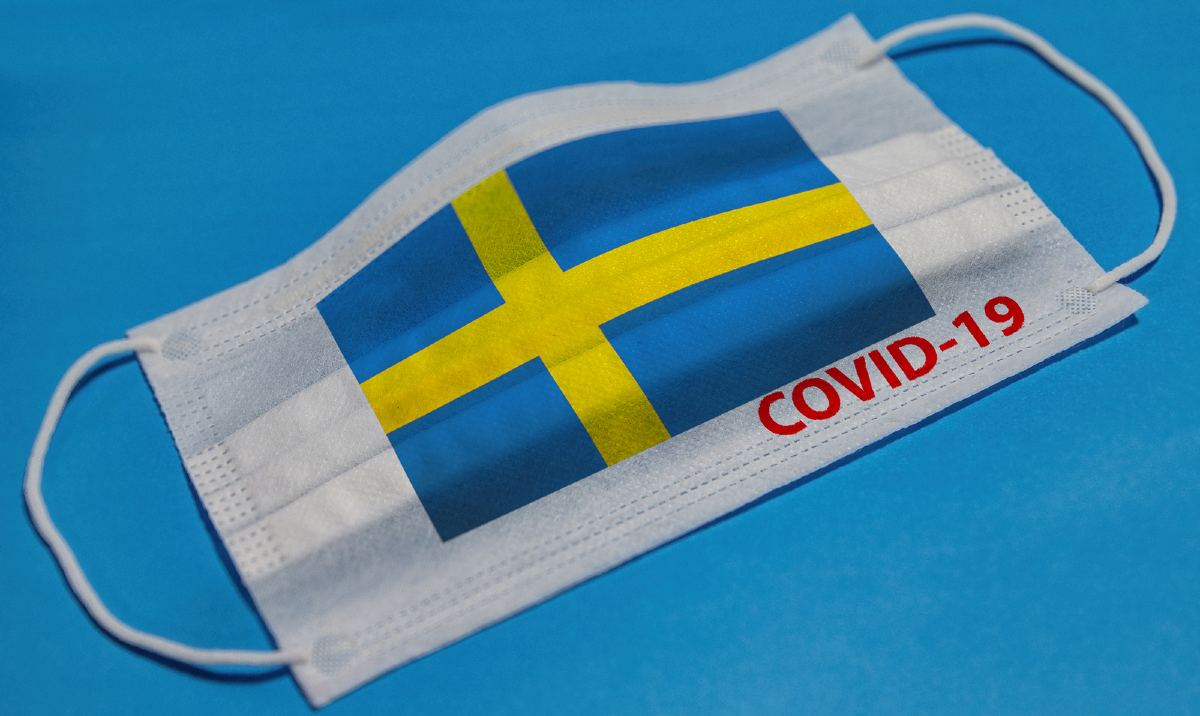
Questions raised about Sweden’s Covid-19 policy on nursing homes
Patients given palliative care instead of treatment
Disturbing figures are coming from Sweden about the number of Covid-19 deaths amongst the elderly. According to an article in the Wall Street Journal, half of the people who died in Sweden were residents of nursing homes.
Sweden’s approach to the pandemic was different. It relied upon voluntary social distancing and closing the borders rather than quarantines. But it is still the fifth country in a world ranking of deaths per million of population – and half of those were residents of nursing homes.
The health authorities have received many complaints about how elderly relatives were treated. A consistent theme is that nursing home residents with suspected Covid-19 were immediately placed on palliative care and given morphine and denied supplementary oxygen and intravenous fluids and nutrition. For many this was effectively a death sentence.
“People suffocated, it was horrible to watch. One patient asked me what I was giving him when I gave him the morphine injection, and I lied to him,” said Latifa Löfvenberg, a nurse. “Many died before their time. It was very, very difficult.”
The problem seems to have been the guidelines issued by the National Board of Health and Welfare. At the start of the pandemic it suggested that doctors triage patients according to their so-called biological age, weighing overall health and the prospects for recovery, before making treatment decisions.
“Doctors overseeing nursing-home care were advised to keep their distance from residents because of infection risks and told to carefully weigh the condition of patients before referring them to hospitals, said Thomas Linden, chief medical officer of Sweden’s National Board of Health and Welfare.”
The idea was to keep hospital ICUs from being overwhelmed by older patients with a low chance of survival. However, the surge never happened. Instead, the elderly were denied access to unused facilities. “These guidelines have too often resulted in older patients being denied treatment, even when hospitals were operating below capacity,” according to critics who spoke to the WSJ. “Occupancy in the country’s intensive-care units, for instance, has yet to exceed 80%, according to government officials.”
“The ICU wards were comparatively empty,” said Dr Cecilia Söderberg-Nauclér, of Karolinska University Hospital. “Elderly people were not taken to hospitals—they are given sedatives but not oxygen or basic care.”
Yngve Gustafsson, a geriatrics specialist at Umea University, told the BMJ that the proportion of older people in respiratory care nationally was lower than at the same time a year before, even though people over 70 were the worst affected by Covid-19. He, too, was aghast at the practice of doctors prescribing a “palliative cocktail” for sick older people in care homes over the telephone.
“Older people are routinely being given morphine and midazolam, which are respiratory-inhibiting,” he told the Svenska Dagbladet newspaper, “It’s active euthanasia, to say the least.”
Even the government has admitted that the strategy was misguided. “We have to admit that when it comes to elderly care and the spread of infection, that has not worked,” Prime Minister Stefan Löfven told Swedish newspaper The Aftonbladet Daily. “Too many old people have died here.”
Michael Cook is editor of BioEdge
Creative commons
https://www.bioedge.org/images/2008images/sweden_mask.jpg
coronavirus
sweden
